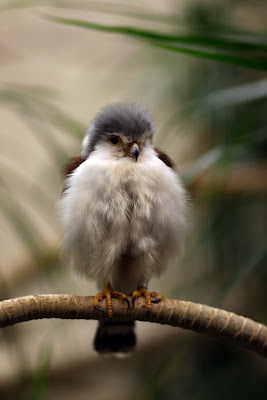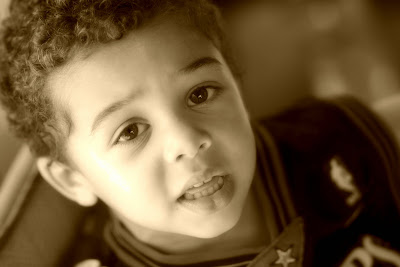I am getting alot of request to post more information about ISO and Apeture:ISO determines how sensitive your sensor is to the light. The higher the ISO value, the more light your camera can record. The downside is that the higher the ISO value the more noise you will see in the image. Noise is the grainy, gritty like effect you will sometimes see in your images. I always try to shoot at the lowest ISO value that I can.

(This picture was shot with an 85mm at f/1.8) You can see how ALL of the focus is on the bird and the background is completely blurried out.
Your apeture setting is what can create a soft, blurry, out of focus background. The apeture is the opening inside your lens that lets the light pass through it an onto the sensor. The effect is called Depth of Field (DOF). This is the area in front of, and behind your focal point that is acceptably sharp. The bigger the opening - such as f/1.8, the shallower the depth of field. With a shallow depth of field you will get that blurry background. Great for portraits, and shots that you really want to isolate one subject and make it stand out. The smaller the opening - such as f/16, the deeper the DOF, meaning much more of the stuff in the image will be in focus. This is ideal for lanscape shots, when you want to be able to see everything nice and sharp.

(This picture was taken with an 85mm at f/2.20) You see the background is slightly blurry and all the focus is on handsome LJ.
Bryan Peterson has a book called
Understaning Exposure This book does an amazing job explaining this.













 (This picture was shot with an 85mm at f/1.8) You can see how ALL of the focus is on the bird and the background is completely blurried out.
(This picture was shot with an 85mm at f/1.8) You can see how ALL of the focus is on the bird and the background is completely blurried out. (This picture was taken with an 85mm at f/2.20) You see the background is slightly blurry and all the focus is on handsome LJ.
(This picture was taken with an 85mm at f/2.20) You see the background is slightly blurry and all the focus is on handsome LJ.